- Africa’s new dawn: the rising role of digital and AI in agriculture
- Can Dangote Refinery Transform Africa Energy Ambition
- Gallup Survey: 80 per cent of Kenyan Workers Are Disengaged and Seek New Opportunities
- Madagascar Man Freed from 5KG Tumor After 15-Year Struggle
- How women in Africa are perceived and treated
- Sugar consumption in Kenya to Increase to 1.23 Million Tonnes
- Can Somalia and Turkey Oil deal Bring Change in Somaliland
- Remittances to Kenya dropped to $371.6 million in June, marking a six month low
Browsing: food prices
- Kenya’s high-interest rates hit 13 per cent in the last review by the Central Bank of Kenya.
- Since mid-2023, however, the World Bank’s index of commodity prices has remained essentially unchanged.
- World Bank reiterates that between mid-2022 and mid-2023, global commodity prices plummeted by nearly 40 per cent.
Kenyan consumers will have to bear the high cost of borrowing for much longer as Central Banks will not loosen their monetary policies any time soon, the World Bank has said.
The lender says the continued tightening will be a result of the prevalent global economic shocks, such as the Middle East conflict, which is threatening to halt the inflationary decline that has occurred in the past two years.
…“Global commodity prices are leveling off after a steep descent that played a decisive role in whittling down overall inflation last year,” the World Bank says in its latest commodity markets outlook. “However,
- Kenya’s economic resurgence in 2024 proving a reality following a notable upturn in recent months, marked by positive indicators across sectors.
- According to CBK, leading indicators point to the continued strong performance of the Kenyan economy in the first quarter of 2024.
- According to the World Bank, Kenya’s economic growth is projected to be 5.2 per cent, boosted by increased investment in the private sector as the government reduces its activities in the domestic credit market.
A strong rebound
Kenya’s economic prospects are looking brighter, attributed to the interventions by the World Bank and the International Monetary Fund, which have played a massive role in easing volatility witnessed less than three months ago.
Major economic indicators in the country show that confidence is slowly creeping back after the government secured the International Monetary Fund’s facility to pay back the Eurobond.
The repayments had triggered volatility in financial markets, including the …
- The increasing food prices have majorly occasioned the rise in consumer expenditure.
- In the review period, 50 per cent of the Kenyans polled indicated static income levels over the last year
- 53 per cent of Kenyans polled allocated less than 10 per cent of their income to travel and leisure expenditures.
The slight drop in inflation in Kenya has failed to soften the impact of Increased consumer spending after posting a 42 per cent rise in spending in the past six months. This is after a new survey showed that the country posted a six per cent rise in Kenyan expenditures compared to the preceding three months, which ended December 2023.
According to the latest spending index from ICEA LION Group, Kenyans’ spending escalated by 6 per cent from January to March this year. However, this growth was more subdued than the previous quarter, which witnessed a 36 per
- The Malnutrition Crisis in Africa has seen 63 million children stunted, 10 million overweight, and three million wasted.
- Dr. Akinwumi Adesina said poor nutrition keeps school-age children from realising their educational potential.
- Ministers, development partners and other speakers reviewed the progress toward achieving nutrition targets.
Malnutrition crisis in Africa
Leaders convening for the African Union and African Leaders for Nutrition Champion have revealed that Africa’s children are paying a considerable price as the continent finds itself in a malnubrock bowers jersey college football jerseys jordan proto max 720 custom stitched nfl jersey best human hair wigs for black females castelli gabba 8 ft kayak fsu football jersey borsa prima classe custom nfl football jerseys air jordan 1 element keyvone lee jersey sit top kayak best human hair wigs for black females brock purdy jersey trition crisis among kids. An event held on the sidelines of the 37th Ordinary Session …
- With the cost of living ranking done in terms of countries’ major cities, Kenya’s Nairobi has been ranked position 141 out of 173 cities surveyed globally.
- For the ninth time in the previous eleven years, Singapore continued to hold the top spot in the rankings as the most expensive city in the world.
- Kenya’s inflation for the month of December slightly eased to 6.6 percent, down from 6.8 percent in November.
Kenya’s ranking in the cost of living improved in 2023, a result of the country’s decreased cost of living in the 12 months leading up to September, as indicated in the latest report from the International Research Unit, Economic Intelligence.
During this period, Kenya fell 33 places in the rankings of countries surveyed on the world’s cost of living, with Nairobi securing the 141st position out of 173 cities surveyed globally.
According to Economic Intelligence, this suggests that the …
- The annual inflation rate for February 2023 increased by 7.2 per cent compared to 4.5 per cent recorded in February 2022.
- On a monthly basis, inflation rate increased to 0.4 per cent compared to 1.1 per cent registered in the earlier month.
- Load-shedding in South Africa is preventing farmers from buying livestock from Namibia.
In February, the cost of goods and services increased more sharply and the outlook does not appear promising, particularly regarding food, which saw a 14 per cent hike. The Namibian Statistics Agency disclosed inflation figures for February yesterday, with the month displaying a 7.2 per cent rate, one percentage point higher than January’s inflation rate.
This 7.2 per cent is taking the country back to August 2022 when inflation reached a peak of 7.3 per cent. While most goods and services’ prices have increased overall, service inflation continues to weigh on headline inflation, rising at a …
Time is running out for Africa to guarantee food security for its population. As the saying goes, it is not very reasonable to keep doing the same things and expect different results.
Africa needs crops that can withstand pests and disease, withstand drought, flourish without excessive pesticides and fertilizers, and produce healthy food. Africa needs crops to enable smallholder farmers to prosper. GMOs provide a powerful instrument for Africa to address these demands when other choices fail over time.…
Some worry that monetary policy is still excessively accommodating, given that rate hikes have not matched inflation. Policy cooperation may be beneficial. Fiscal consolidation and a mix of rate rises and currency depreciation may play a role in nations where policy is overly permissive.
The shaky recovery in Sub-Saharan Africa, coupled with domestic demand constraints, has not significantly fueled inflation so far. However, in the coming months, governments and policymakers must carefully monitor and prioritise tackling the rising inflation in Africa.…
The agricultural transformation in Sierra Leone has demonstrated that delivery changes in traditional sectors may significantly impact food production when implemented effectively and under the appropriate circumstances.…
A currency crisis is defined as a quick and abrupt depreciation of a country’s currency. Currency depreciation goes in tandem with turbulent markets and a loss of confidence in the country’s economy. Historically, crises have arisen when market expectations induce significant movements in the value of currencies.
The global economy is now in turmoil. As the world economy enters another era of a currency crisis, the value of the US dollar keeps rising. Over half of all international trade is billed in dollars. A stronger dollar thus hurts consumers globally, particularly in Africa, who rely on dollars to pay for imports.
The US Federal Reserve’s hawkish approach to increasing interest rates more aggressively than central banks in other major countries has contributed to the dollar’s appreciation. The fact that investors generally see the dollar as a “safe haven” asset during times of economic turmoil has added to its resilience.…
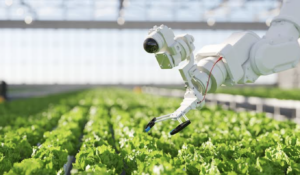




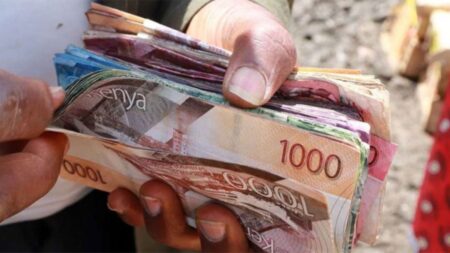
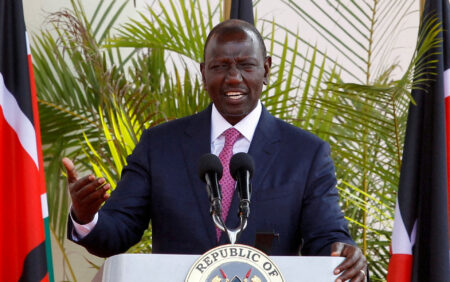

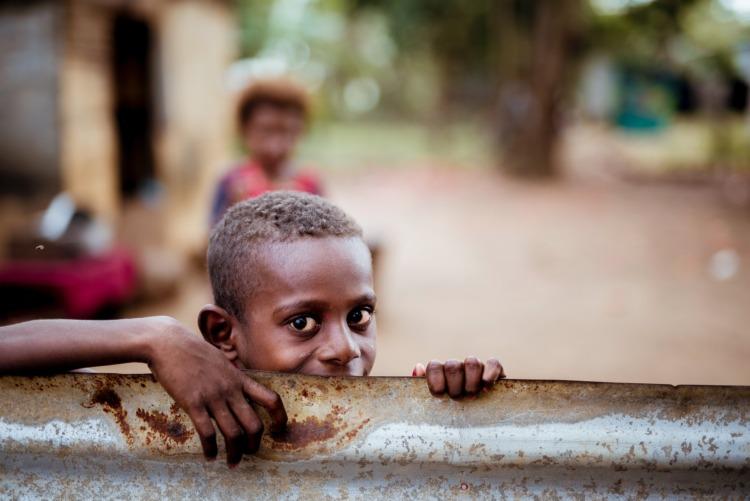
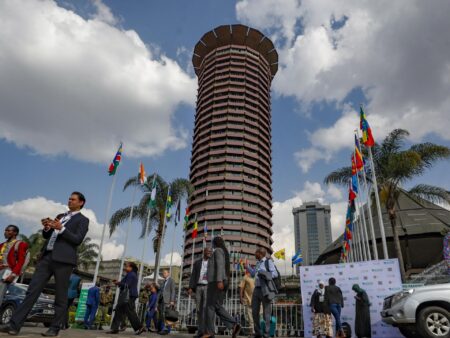
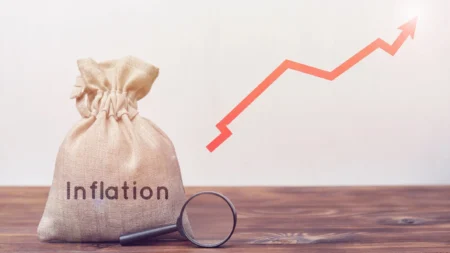
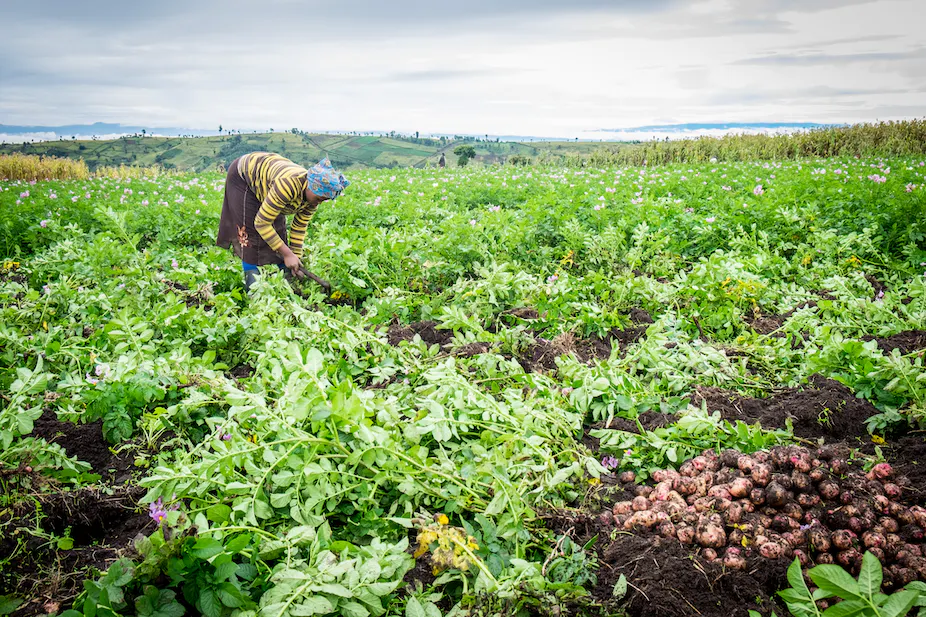
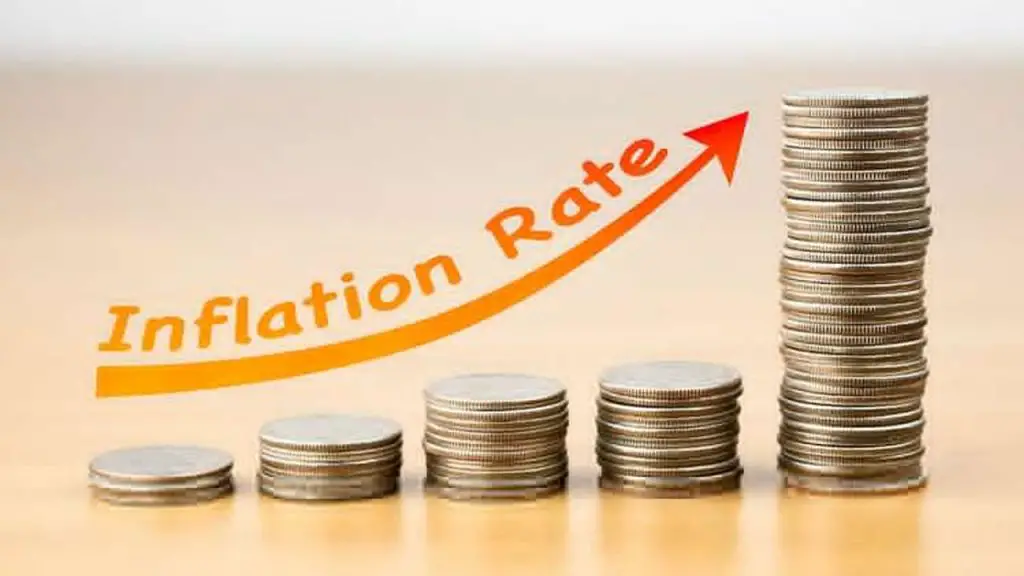
![Africa: Focus on transforming agricultural practices to boost food production Africa must look to improve and transform its agricultural practices to increase food production for food security and economic growth [Photo/Silvapinto] www.theexchange.africa](https://theexchange.africa/wp-content/uploads/2022/08/dreamstime_xl_116738955-scaled-1-1024x682.jpg)
